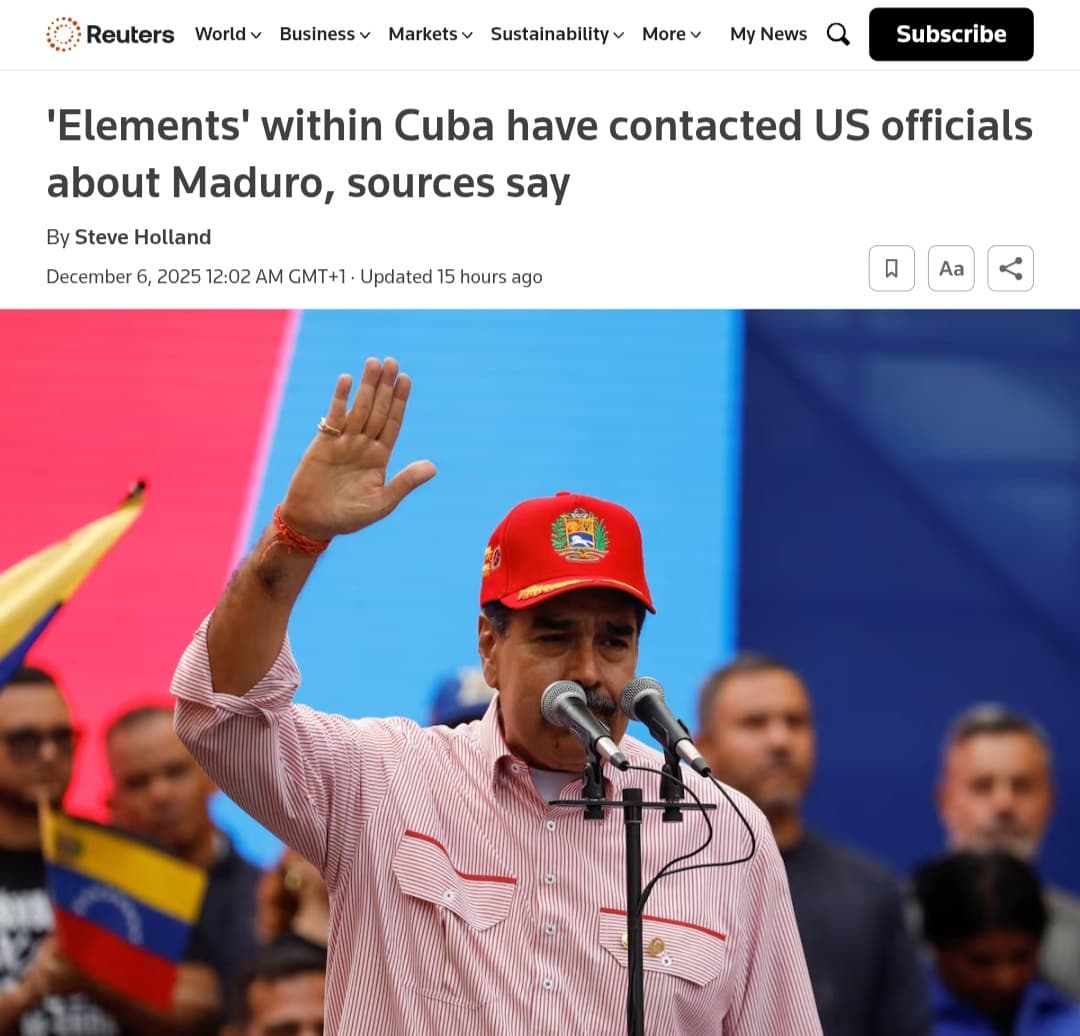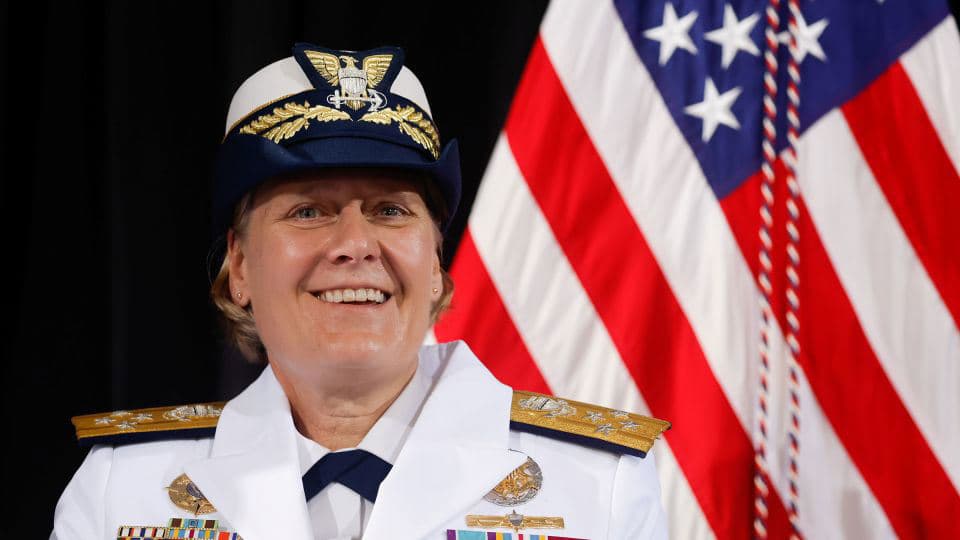President Trump has ordered the deployment of seven warships, carrying approximately 4,500 personnel, to the waters off Venezuela. This naval operation includes three guided-missile destroyers and at least one attack submarine, highlighting a significant escalation in U.S. military presence in the region amid ongoing concerns about narco-terrorism.
According to officials within the Trump administration, the operation primarily targets drug trafficking linked to the Maduro regime. One official noted, "This is 105% about narco-terrorism," while another likened the situation to the U.S. military"s 1989 invasion of Panama to capture Manuel Noriega, who also faced drug charges. However, the deployment"s scale—including 2,200 Marines—suggests broader military objectives may be at play.
The historical context is stark: the 1989 Panama invasion involved 27,000 U.S. troops and was met by a substantially smaller Panamanian defense force. In contrast, Venezuela boasts a military of around 137,000 troops, alongside an estimated 3 million militia members. Furthermore, Maduro"s regime has allies, including Colombian President Gustavo Petro, who has mobilized 25,000 troops in anticipation of potential U.S. action.
Strategically, the U.S. may utilize bases on the nearby Dutch islands of Aruba, Curaçao, and Bonaire to launch airstrikes against Venezuelan military targets. As tensions escalate, U.S. officials are likely to encourage civil uprisings and military defections within Venezuela, resembling tactics used in previous conflicts. This unfolding situation underscores the complexity of U.S. military engagements in Latin America, as the potential for conflict looms on the horizon.


![[Video] Coast Guard sniper takes out narco-boat in Eastern Pacific](/_next/image?url=%2Fapi%2Fimage%2Fthumbnails%2Fthumbnail-1765029104101-04awi-thumbnail.jpg&w=3840&q=75)



